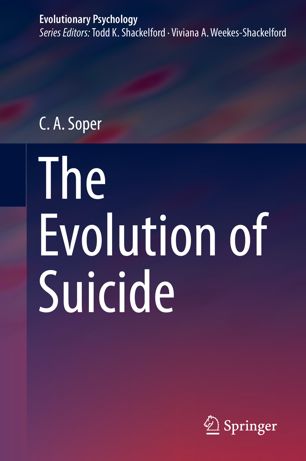

Most ebook files are in PDF format, so you can easily read them using various software such as Foxit Reader or directly on the Google Chrome browser.
Some ebook files are released by publishers in other formats such as .awz, .mobi, .epub, .fb2, etc. You may need to install specific software to read these formats on mobile/PC, such as Calibre.
Please read the tutorial at this link: https://ebookbell.com/faq
We offer FREE conversion to the popular formats you request; however, this may take some time. Therefore, right after payment, please email us, and we will try to provide the service as quickly as possible.
For some exceptional file formats or broken links (if any), please refrain from opening any disputes. Instead, email us first, and we will try to assist within a maximum of 6 hours.
EbookBell Team

0.0
0 reviewsThis thought-provoking volume offers a distinctly human evolutionary analysis of a distinctly human phenomenon: suicide. Its ‘pain and brain’ model posits animal adaptations as the motivator for suicidal escape, and specific human cognitive adaptations as supplying the means , while also providing a plausible explanation for why only a relatively small number of humans actually take their own lives. The author hypothesizes two types of anti-suicide responses, active and reactive mechanisms prompted by the brain as suicide deterrents. Proposed as well is the intriguing prospect that mental disorders such as depression and addiction, long associated with suicidality, may serve as survival measures.
Among the topics covered:
· Suicide as an evolutionary puzzle.
· The protection against suicide afforded to animals and young children.
· Suicide as a by-product of pain and human cognition.
· Why psychodynamic defenses regulate the experiencing of painful events.
· Links between suicidality and positive psychology.
· The anti-suicide role of spiritual and religious belief.
In raising and considering key questions regarding this most controversial act, The Evolution of Suicide will appeal to researchers across a range of behavioral science disciplines. At the same time, the book’s implications for clinical intervention and prevention will make it useful among mental health professionals and those involved with mental health policy.